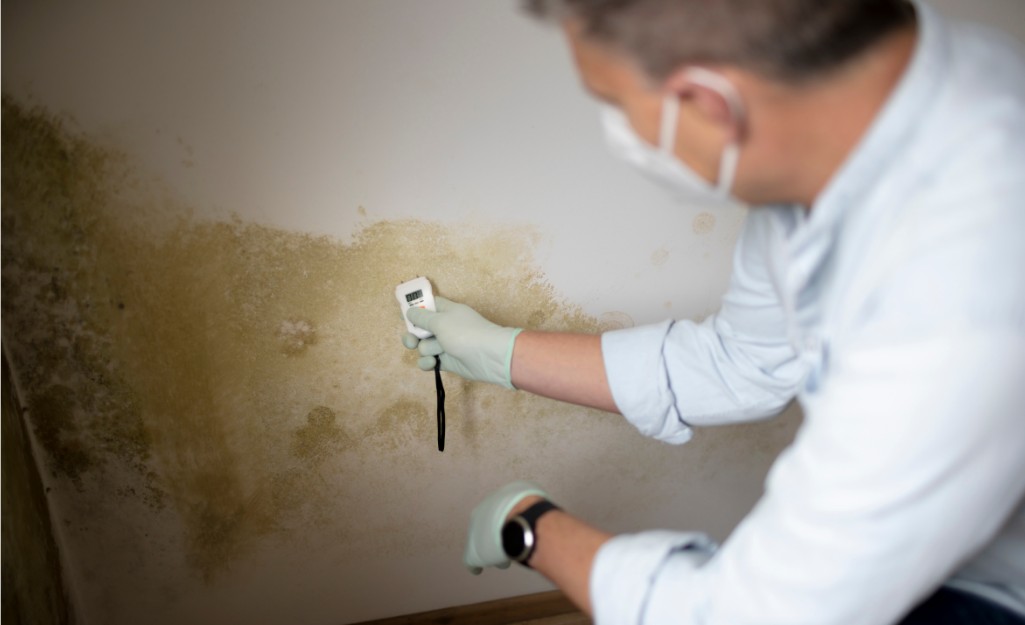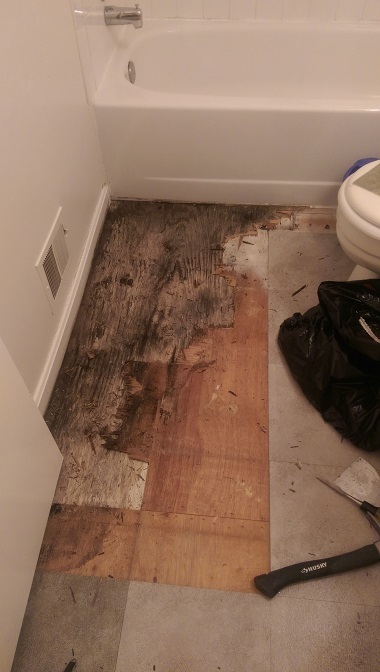This article following next on the subject of Looking for Signs of Water Damage in the Bathroom is exceedingly engaging. Try it and make your own personal conclusions.

The shower room is very prone for damp build-up as well as potential water damage due to the frequent use water in it. This write-up supplies straightforward examination strategies to assist discovering water damage risks.
The frequent use water in the washroom makes it exceptionally prone for damp build-up and potential water damages. By checking it frequently, you can decrease water related damages.
The adhering to collection of evaluations is easy to perform and also must be done when in every three months in order to maintain your shower room in good shape and to stop prospective water damages brought on by the bath tub, the shower, pipe joints and plumbing, sinks, closets, and the commode
Do not disregard carrying out these inspections and also be extensive while performing them. Remember that these easy inspections can conserve you a lot of money by supplying early signs for water damage
Sinks and Cabinets
Sinks and also cabinets are revealed to wetness and moisture daily and also are typically forgotten. Examine regularly under the sink and also on the countertop over it. Repair any kind of drip in the trap as it might suggest drainpipe problems. Check out the sink, sluggish draining pipelines may show a blocked drainpipe. Change sink seals if they are broken or loosened.
Bathtub and also Shower
The shower and bath tub require unique attention as well as upkeep. Inspect the floor tiles and change if cracked. Make certain that there is no missing out on grout in between the tiles. Check and also replace fractured caulking at joints where the walls satisfy the floor or the bath tub. Clogged drains pipes and also pipes issues will avoid the bath tub from drying as well as might indicate major troubles beneath the tub. Seek advice from a professional right away to stop architectural damages. Pay attention to discolorations or soft locations around the bath tub walls as they might show an interior leakage.
Plumbing
Signs for water damages are hard to spot considering that most pipes are set up inside the wall surfaces.
Pay unique attention to flooring as well as wall surfaces dampness and stains as they may suggest an unseen plumbing trouble. Check moisture levels in adjoining spaces too.
The Commode
The toilet is a susceptible water junction. Inspect the water lines as well as look for leakages around the commode seat, in the tube, and under the water tank. If you discover any type of indicators of dampness on the flooring around the commode, look for leakages in the toilet edge as well as container seals.
Realize that hanging commode dish antiperspirants increases the chances for clogs.
TIPS TO PREVENT WATER DAMAGE IN THE BATHROOM
The average household uses approximately 80-100 gallons of water per person per day. For a family of 4, that's almost 2,500 gallons of water a week! The largest portion of this consumption comes from bathroom use. Flushing the toilet uses the most water, followed by taking a shower or bath. With that much water running through the home, water damage in the bathroom is bound to happen. Knowing how to spot signs of a water leak is essential to preventing long-term damage. This guide provides you with tips to reduce the impact of water damage on your bathroom.
CAUSES OF BATHROOM WATER DAMAGE
Pipe breaks are the most common cause of water damage we see in our daily jobs. The age of a pipe plays a large role in a pipe break as well as corrosion. Over time, the metal begins to break down, allowing water to escape. Frozen pipe breaks are also a concern in the winter months. Toilet overflows caused by paper products or children flushing inappropriate items. Degraded caulking around the toilet or bathtub can allow water seepage, sometimes behind the fixture, into the subfloor or walls. Condensation forms when the water in a pipe is cooler than the air temperature. Beads of water form on the exterior of the pipes, sometimes so much so that the water begins to drip and pool below. Sink or shower backups created by poor drainage. HOW TO PREVENT WATER DAMAGE IN YOUR BATHROOM
Inspect your toilet supply line for worn or frayed hoses and replace them as needed. Winterize your plumbing to prevent a frozen pipe break. Use vent fans to prevent condensation that can lead to mold growth. Routinely check and replace degraded caulking around your toilet or bathtub. Increase the temperature in your toilet tank and insulate your pipes during the warm summer months to keep condensation from forming. Use child safety locks on the toilets. Flush only toilet paper. "Flushable" wet wipes are actually not good for your plumbing system. Additionally, feminine hygiene products should not be flushed. Prevent water from escaping the tub or shower. Make sure shower curtains are in good condition. Inspect shower doors and replace the seal strip if necessary. Wipe up any water that accumulates on the floor and use bath mats. Water left to sit can cause damage to the tiles and flooring. Refrain from using bath products containing heavy oils to avoid a clogged drain.

Do you like more info about How to Fix a Water Damage Bathroom? Place a remark below. We'd be pleased to hear your thoughts about this posting. In hopes that you come back again soon. Sharing is caring. You won't know, you could be doing someone a favor. We treasure reading our article about Looking for Signs of Water Damage in the Bathroom.
Phone